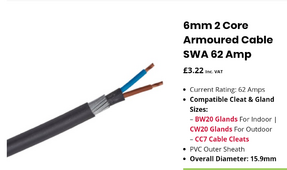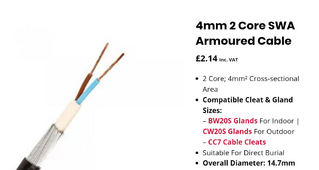Philpo
New Member
So my 2p worth...
Wiring looks pretty old and outdated. But, AFAIAA there is no legal requirement in the UK to update to modern standards unless you are going to rent the property out - in which case an EICR is required.
However, for your own / family safety I'd suggest:-
1) Check each MCB and main RCD, the Wylex and the old RCCB for a) correct operation and b) to identify (and document) what switch isolates which circuit.
2) Like @ThaiTaffy, the first thing that alarmed me is the "living room socket" circuit is not RCD protected. Whilst not a legal requirement, it would make sense to bring that up to modern standards which, in summary, is any socket that can have something plugged into should be on the safe side of and RCD. This could possibly be achieved by replacing the MCB with and RCBO to avoid (or at least delay) the complexity of upgrading the whole house CU.
3) It is common in the UK for light circuits to be not protected. This, I understand, is so that you can still see at night if the RCD trips.
I'd agree totally with @ThaiTaffy's suggestion of...
.. but with the warning that, IME, these days many such tradespeople have a vested interest in generating work, so finding one that will give you an honest opinion might be tricky.
Going back to your original questions about the garage circuit and inverter... it would be actually good if the garage is connected directly from the incoming supply, via the old fuse box - with presumably a wire-fuse in it and the stand-alone RCD - that will give you more options for the future if you are considering a grid-tied system.
Once you have worked out what is what and what connects to what from step 1 above, then you'll know if your garage circuit is indeed protected by and RCD from the house or not.
For an off-grid configuration IMHO you need an RCD on the output side of the inverter to protect your self-powered loads. If grid-tied, you will need to feed the solar input to the supply side of the existing circuits.
Thanks @SeaGal , you just answered some of the questions I posted only a moment ago in response to @ThaiTaffy. I'll look into getting an RCBO for the main consumer unit. I've got to get the tots some dinner now but will write back later




